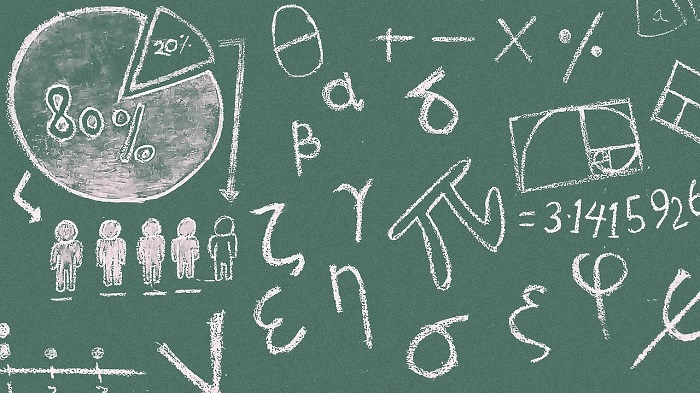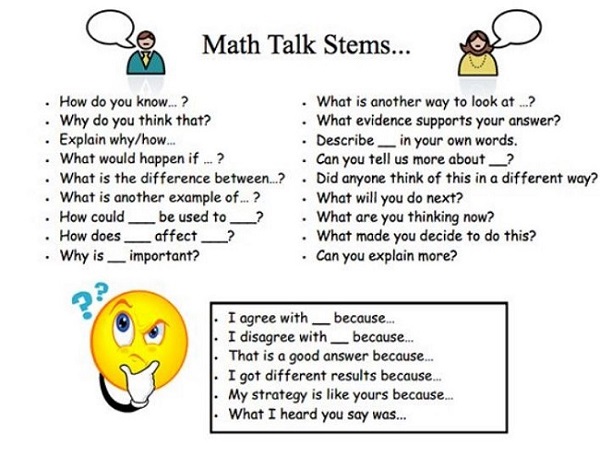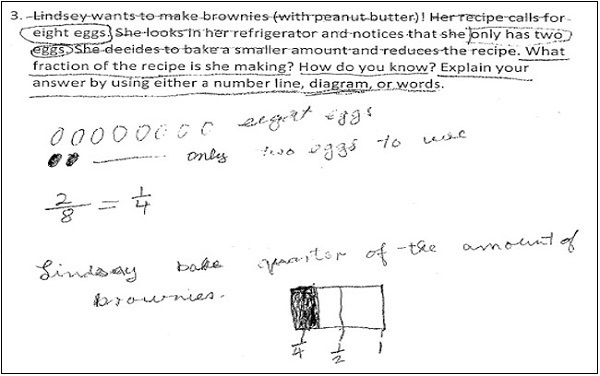- MN ABE Connect
- Archive
- ELA + Math = ? (Part 1 of 3)
 March 12, 2018
March 12, 2018
ELA + Math = ? (Part 1 of 3)
Patsy Egan, Director It’s been nearly 5 years since CCRS was released from the national adult education office (OCTAE) in spring 2013, and the first introductory presentations in Minnesota began in fall 2014. Now, CCRS is very much a part of our daily work in planning and delivering instruction! Many of you have focused your efforts on ELA or math, and some brave teachers have ventured to explore both areas deeply.
It’s been nearly 5 years since CCRS was released from the national adult education office (OCTAE) in spring 2013, and the first introductory presentations in Minnesota began in fall 2014. Now, CCRS is very much a part of our daily work in planning and delivering instruction! Many of you have focused your efforts on ELA or math, and some brave teachers have ventured to explore both areas deeply.
At ATLAS, the more time we spend with the standards, the more overlap we discover among the ELA strands and the math domains and practices. In fact, drawing on this overlap can create powerful teaching and learning! Read on for the first of three articles on crossfitting ELA and Math.
One of the tenets of the ELA standards is close reading, and one of the tenets of math is making sense of problems (Math Practice 1). These two emphases fit together beautifully! For example, when we tackle math word problems, sometimes it’s not the math that is difficult, but understanding what the problem is asking us to do. That’s where reading and language skills kick in to assist.
Here’s a step-by-step way to use close reading to tackle word problems. It’s a very straightforward procedure that can easily be taught to your students:
- PUT DOWN your pencil! Read the story problem for gist.
- Retell the story problem in your own words. Do you understand what it’s asking you to do? Can you draw a picture/sketch?
- Pick up your pencil. Read it again. Underline the QUESTION. What is being asked of you? The main idea is usually the question!
- Now circle words or numbers that you think are IMPORTANT.
- Next, cross out information that doesn’t matter. DECLUTTER the word problem!
- Tell a classmate what you’ve circled and crossed out, and why. JUSTIFY your reasoning.
- Use your math strategies to SOLVE!
By slowing down and taking the time to complete these steps, we are in effect “crossfitting” ELA and Math. Although we are solving a math problem, we are also hitting on several ELA standards while engaging in math practices. These steps work toward:
- Academic Language & Discourse. Students have to make their thinking visible and use mathematical terms and academic vocabulary when justifying what they have circled and crossed out to a classmate. A rich math conversation emerges, where there would not have been one before! For students who could use a boost to these conversations, consider introducing sentence frames such as those pictured below.
- ELA Speaking & Listening Anchor 1: Prepare for and participate effectively in a range of conversations and collaborations with diverse partners. (Academic language hits a LOT of anchors, but this one in particular.)

- ELA Speaking & Listening Anchor 1: Prepare for and participate effectively in a range of conversations and collaborations with diverse partners. (Academic language hits a LOT of anchors, but this one in particular.)
- ELA Reading Anchor 1: Read closely to determine what the text says. (The essence of any math word problem!)
- ELA Reading Anchor 7: Integrate & evaluate content presented in diverse media formats, including visually and quantitatively, as well as in words. (Dealing with numbers and words together…that’s math word problems in a nutshell!)
- Math Practice 1: Make sense of problems and persevere in solving them. (The steps offer a ‘way into’ a difficult problem.)
- Math Practice 3: Construct viable arguments and critique the reasoning of others. (Hurrah for math conversations!)
Math teacher and MNI Advisory Team member Lindsey Cermak (MN Literacy Council) has established this 7-step close reading of math problems as a routine in her classroom. She shares this example from a student (pictured), as well as the following comments about this ELA/Math routine for solving word problems:
- It forces students to slow down.
- It gives students structure when trying to understand a word problem.
- It forces students to choose what is important and what is not – even if they are “wrong.”
- It gets students discussing math. Students have to use evidence to support their reasoning, and they are able to critique others’ reasonings.
- This provides an overlap and connection with other subjects since we are focusing on reading, main idea, and supports/evidence.
- Over time, I think this will prove to be really beneficial.

Intrigued?? This is the first in a series of three articles, so stay tuned! Also, find more on close reading and math at this session at your spring 2018 regional event: CCRS Crossfit! How to Integrate ELA & Math for the Ultimate Standards Workout.
NOTE: Some of the ideas in this article were drawn from Attack Story Problems with the 3 Phases of Close Reading
Newsletter Signup
Get MN ABE Connect—the official source for ABE events, activities, and resources!
Sign UpArticle Categories
- ABE Foundations/Staff Onboarding
- ACES/Transitions
- Adult Career Pathways
- Assessment
- CCR Standards
- Citizenship
- COVID-19
- Cultural Competency
- Digital Literacy/Northstar
- Disabilities
- Distance Learning/Education
- ELA
- Equity/Inclusion
- ESL
- HSE/Adult Diploma
- Listening
- Math/Numeracy
- Mental Health
- Minnesota ABE
- One-Room Schoolhouse/Multilevel
- Professional Development
- Program Management
- Reading
- Remote Instruction
- Science
- Social Studies
- Speaking/Conversation
- Support Services
- Teaching Strategies
- Technology
- Uncategorized
- Volunteers/Tutors
- Writing